Pacemaker Implantation in Nagpur
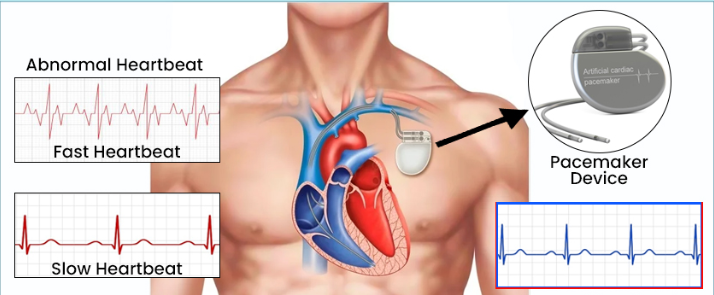
Pacemakers are medical devices designed to support and regulate the electrical system of the heart, ensuring it functions properly. This medical procedure entails the insertion of a small device into the chest region. The primary function of a pacemaker is to oversee irregular heart rhythms, notably addressing bradycardia, a condition marked by a slow heartbeat. Bradycardia may result in symptoms like dizziness, fatigue, fainting, and breathlessness, and in severe instances, it can pose life-threatening risks.
By emitting electrical impulses, pacemakers correct malfunctioning electrical signals within the heart, ensuring that the heart chambers contract in the correct sequence and with adequate force to circulate blood effectively.
Procedure of Pacemaker Implantation
The pacemaker implantation procedure involves making a small incision near the collarbone, threading leads into the heart, connecting them to the pacemaker generator placed under the skin, testing its function, and closing the incision.
The procedure takes around 30–60 minutes, patients typically go home the same day or after a short hospital stay and have regular follow-up appointments for monitoring
Benefits of Pacemaker Implantation
Pacemakers offer several benefits, including
- Restoring a normal heart rhythm, enhancing overall cardiac function, and elevating one’s quality of life.
- Improving symptoms linked to irregular heart rhythms which include chest discomfort, palpitations, dizziness, queasiness, and fainting.
- Life-saving potential by preventing the heart from stopping altogether.
Why Pacemaker Implantation Is Done?
Pacemaker implantation is recommended for individuals at risk of experiencing dangerously slow heart rhythms, ensuring a consistent and healthy heartbeat.
Common conditions treated with pacemakers include heart arrhythmias, disruptions in the heart’s electrical system (e.g., heart blocks), and heart failure.
What is the Cost of Pacemaker Implantation?
The cost of pacemaker surgery can vary significantly, influenced by factors such as
- location,
- the specific pacemaker model chosen,
- insurance coverage,
- existing medical conditions,
- the potential for complications.
For a precise cost estimate, it is advisable to seek consultation with your healthcare provider and engage in communication with your insurance company. Typically, pacemaker surgery cost in India ranges between several thousand to lakhs of rupees
What Risks Associated with Pacemaker Implantation?
Although pacemaker implantation is generally considered safe but it carries some risks including:
- Infection, bleeding, or complications related to device placement.
- Allergic reactions to medications or materials used in the pacemaker.
- Blood clots, requiring blood-thinning medications.
- Malfunctions of the pacemaker or its leads, which may necessitate activity restrictions.
- Malfunctions due to external electrical interference (rare but possible).
- Unexpected heart rhythm problems in rare instances.
While it comes with some risks, the benefits far outweigh the potential drawbacks, improving overall quality of life and offering the potential for a longer, healthier existence.
Types of Pacemakers
Pacemakers come in various types, each tailored to address specific heart conditions:
Dual-chamber pacemaker
Employs two wires connected to two different heart chambers.
Single-chamber pacemaker
Utilizes a single wire attached to one of the heart’s chambers.
Leadless pacemaker
A small, wire-free device inserted using a catheter-based procedure, attached directly to the heart’s inner wall.
Biventricular pacemaker
Incorporates three wires, with two attached to the lower chambers (ventricles) and one connected to the right upper chamber.
What Need To Do After the Pacemaker Implantation?
Following pacemaker implantation, patients require ongoing monitoring and follow-up care. Regular check-ups with a cardiologist ensure the device functions optimally and address any necessary adjustments.
Our Medical Services

ECG
An electrocardiogram (ECG) is one of the only and speediest tests utilized to survey the heart. Anodes (small, plastic patches that stick to the skin) are set at certain spots on the chest, arms, and legs.
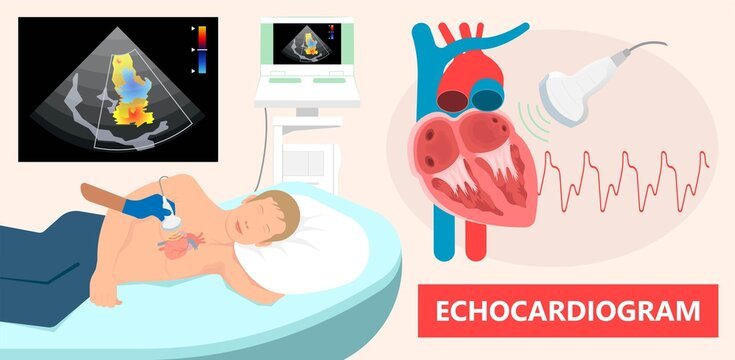
2D Echo
A two-dimensional Echocardiogram or 2D Echo test is a demonstrative test that employs ultrasound waves to evaluate the working of the heart.

Holter Monitoring
Holter monitoring measures your heart activity over an extended period, usually between 24 and 48 hours. Basically, a Holter Monitoring is a portable device which records the heart’s electrical signals.

BP Monitoring
Each time your heart beats, it pumps blood into your arteries. A blood pressure measurement may be a test that measures the force (pressure) in your arteries as your heart pumps.

Coronary Angiography
Coronary angiography diagnoses and evaluates coronary artery blockages. Contrast dye is injected into arteries, enabling X-ray imaging to visualize blood flow and identify narrowing or blockages.
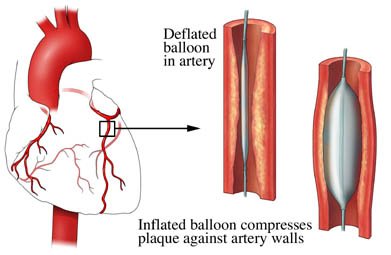
Coronary Angioplasty
Coronary angioplasty is a minimally invasive technique of abdominal artery angioplasty, which is used to treat coronary arteries that are obstructed or constricted and it is the most appropriate technique used by doctors for the treatment.
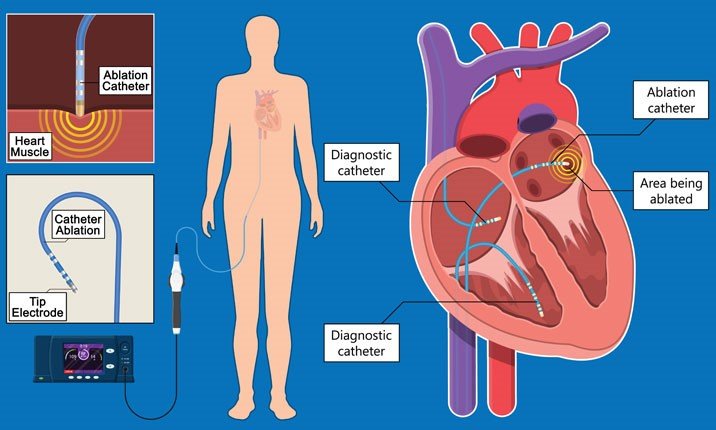
Electrophysiology Study
An Electrophysiology Study (EP study) is a test utilized to assess the heart’s electrical framework and check for abnormal heart rhythms. The natural electrical impulses coordinate the contractions of different parts of the heart.
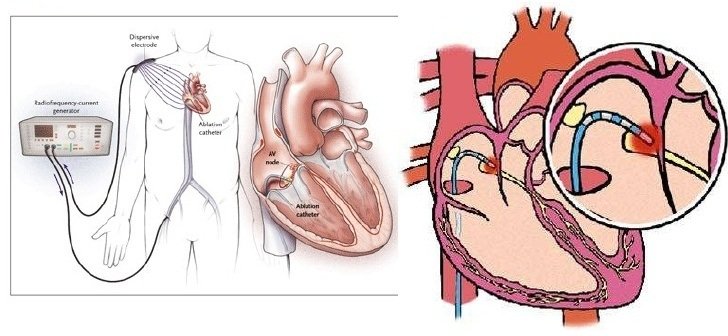
Radiofrequency Ablation
Radiofrequency Ablation (RFA) is a minimally invasive medical procedure that uses high-frequency electrical currents to generate heat, effectively destroying abnormal tissue or cells.

Best Cardiologist in Nagpur
Introducing Dr. Chetan Rathi, a distinguished Cardiologist in Nagpur, whose eminence transcends the realm of medical proficiency.

ICD Implantation
An Implantable Cardioverter-Defibrillator (ICD) is a life-saving device that plays a crucial role in monitoring and regulating heart rhythms. It consists of a pulse generator and leads implanted in the heart.

CRT_P & CRT-D Implantation
CRT implantation is a process in which technological instruments known as CRT-P and CRT-D where p stands for pacemaker and d stands for defibrillator.

Valvuloplasty
A balloon mitral valvuloplasty is a process to extend a restricted heart valve and improve blood flow. The heart valves handle how blood drives through the heart.
Our Achievements in Numbers
Happy Patients
Years of experience
Specialisations
Hospital Associations
Awards & Recognition
Patient Testimonials
Dr Chetan Rathi sir is good cardiologist. I visited him many times with my family and friends for consult about issues related with cardiology.
Our Videos




Our Blog
 How Does Vitamin D Affect Your Heart?
How Does Vitamin D Affect Your Heart?
Vitamin D is much more than the “sunshine vitamin”; it is very important in the whole body of heart health. It works from bone health to an enhanced immunity function. Scientific studies show that this regulates cardiovascular health; therefore, it is a very great factor in preventing heart diseases and maintaining optimal heart function. This… Continue reading How Does Vitamin D Affect Your Heart?
Read More Understanding Diabetes: Causes, Symptoms, and Management
Understanding Diabetes: Causes, Symptoms, and Management
Diabetes mellitus is a chronic condition that affects the way your body processes glucose, or sugar. Unchecked, diabetes mellitus can lead to serious complications, such as heart disease and kidney damage, as well as nerve problems. Understanding the types of diabetes, the symptoms of diabetes, the causes of diabetes, and how to take care of… Continue reading Understanding Diabetes: Causes, Symptoms, and Management
Read More What Is Syncope and How Can It Be Prevented and Treated?
What Is Syncope and How Can It Be Prevented and Treated?
Syncope, also known as fainting, is a short-lived loss of consciousness which primarily results from a sudden decrease in blood flow to the brain. Although fainting can be alarming, syncope is generally not a serious condition and can be caused by a variety of reasons; however, it may indicate an underlying serious medical condition in… Continue reading What Is Syncope and How Can It Be Prevented and Treated?
Read More



